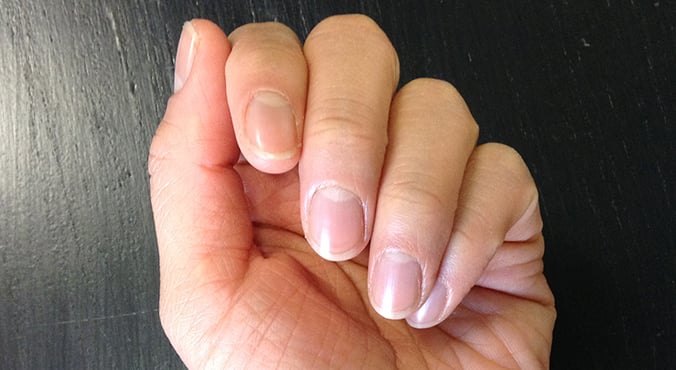
Image: Supplied
It’s one of the most basic grooming habits, but apparently half of our office has been doing it wrong all this time.
Yes, there is a ‘right’ way to be filing your nails.
RELATED: These are the 10 most popular red nail polishes in the world.
While it may seem trivial, not doing it properly can actually do more harm than good, weakening and increasing the risk of breakage and hang nails. Here are the four most common mistakes people make when filing their nails – and how to fix them.
1. Sawing back and forth
While it might make you feel like you're doing a thorough job, sawing vigorously back and forth as you file your nails can actually seriously damage them, especially if you suffer from weak or thin nails.
Doing this too fast risks weakening and also shredding your nails. The best technique is to file from the outside of the nail to the centre with short strokes, then one long stroke to finish it off.
RELATED: Sheer nail polish: The easiest, freshest new nail look
"Filing in one direction forces you to slow down, which isn't a bad thing — you should always treat your nails gently and with kindness," explains Erin Margrethe of Blonde Tiger Nail Salon.
2. Not filing enough
The most common mistake Margrethe sees is people not filing their nails at all.
"There's nothing wrong with clipping your nails if you keep them short, but if you have any length at all, filing is the best way to maintain your shape and keep your nails from getting too long and breaking," she says.





























































































